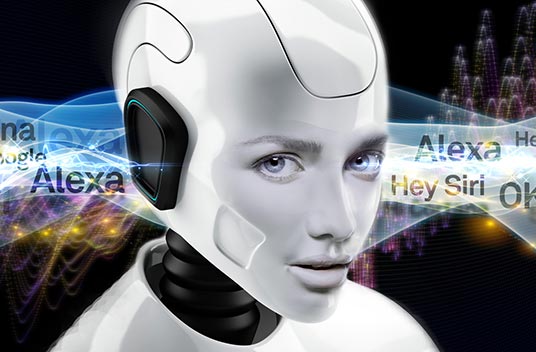Overview
The CEVA-TL410™ DSP core is based on, and compliant with, the high-performance, low-power CEVA-TeakLite-4 DSP architecture.
Primarily intended for ultra-low power, always-on audio, and sensing DSP applications in voice activation, audio CODECs, and low-power audio chips, the CEVA-TL410 DSP core offers the smallest die size with its single 32×32-bit MAC, dual 16×16-bit MAC, and direct memory interface. It is ideally suited to always-on and always-listening applications within smartphones and smart consumer products.
All CEVA-TeakLite-4 architecture-compliant cores are fully compatible with each other, as well as with previous-generation CEVA-TeakLite family cores.
An audio instruction set architecture (ISA) provides dedicated audio instructions in all CEVA-TeakLite-4-based cores. All CEVA-TeakLite devices include an integrated, second-generation Power Scaling Unit (PSU 2.0) for smart power management.
The CEVA-TeakLite-4 architecture is scalable to support standalone audio/voice applications including filters, voice pre-processing, audio post-processing, and noise reduction. It also reduces loads on the main CPU for mobile applications by performing multi-channel audio decoding, transcoding, voice pre-processing, and audio post-processing for Android operating systems via the Android Multimedia Framework. The CEVA-TeakLite-4 architecture framework supports user differentiation to allow expansion for handling proprietary algorithm acceleration and future applications.
Benefits
The CEVA-TL410 DSP is primarily intended for audio applications; however, it is also suitable for a wide range of sensing and natural human-machine interface (HMI) applications.
Main Features
- Single 32x32-bit MAC
- Dual 16x16-bit MAC
- Dedicated audio ISA
- Second-generation Power Scaling Unit (PSU) for ultra-low power
Webinar: Voice Interfaces of the Future

This webinar covers the current state and future possibilities of voice interfaces. It surveys the technologies that have enabled current proliferation of voice interfaces but also takes a critical look at the faults and drawbacks of current implementations. Finally, it explores the existing, emerging and future technologies that will eventually generate a revolution in the way we interact with machines.



